Imagine a place so barren that it had no roads, no buildings, and barely any signs of life. Now, picture this same place transforming into the world's largest renewable energy park. That is exactly what has happened in Khavda, Gujarat. This massive project, developed by Adani Green Energy Ltd (AGEL), is five times larger than Paris and is set to revolutionize India’s clean energy sector.
A Dream Turned Into Reality
Just a few years ago, Khavda was nothing but a vast stretch of arid land. The soil was highly saline, making it nearly impossible for vegetation to grow. However, the region had one major advantage, abundant sunlight and powerful winds. With solar radiation second only to Ladakh and high wind speeds, it was the perfect location for a renewable energy project.
In December 2022, billionaire Gautam Adani landed in Khavda on a small airstrip to survey the site. At that time, there was no infrastructure, just miles of empty land. Fast forward to today, and Khavda has become the center of India’s clean energy revolution.
Khavda Renewable Energy Park – Quick Facts
- World’s Largest – The biggest renewable energy park globally, located in Gujarat’s Kutch region.
- Massive Capacity – Designed to generate 45 GW of clean energy.
- Ideal Conditions – Second-best solar radiation in India and 5x stronger wind speeds than the plains.
- Strategic Location – Just 1 km from the Pakistan border, secured by BSF.
- Huge Scale – Spanning 538 sq. km, it’s 5 times bigger than Paris.
- Huge Investment – Adani Green Energy Limited (AGEL) is investing ₹1.5 lakh crore ($18 billion).
- 30 GW Output – 26 GW from solar and 4 GW from wind energy.
- Global Impact – Produces 81 billion units of electricity, enough for Belgium, Chile, or Switzerland.
- Homes Powered – Supplies clean energy to 16 million homes, like Poland and Canada combined.
- Green Jobs – Creates 15,200+ jobs in the renewable sector.
Collaboration with Google
In a major boost to its sustainability efforts, the Adani Group will supply clean energy to Google from a new solar-wind hybrid project at the Khavda plant. This collaboration aligns with Google’s 24/7 carbon-free energy goal, ensuring that its cloud services and operations in India are supported by renewable energy. The hybrid project is expected to start commercial operations in Q3 of 2025.
Challenges and Innovations
Building a project of this scale in a remote desert region was not easy. Here are some of the key challenges and the innovative solutions used to overcome them:
1. Harsh Climate: The Khavda region faces extreme weather conditions, including scorching heat, strong winds, and frequent dust storms. These conditions could reduce the efficiency of solar panels and damage wind turbines. To counter this, high-durability solar panels and advanced wind turbines resistant to strong gusts were installed. Additionally, protective coatings and weather-resistant materials were used to prevent erosion and wear.
2. Lack of Water Resources: The desert-like environment lacks freshwater sources, making it difficult to sustain workers and clean solar panels. To solve this, desalination plants and reverse osmosis (RO) systems were installed to purify saline groundwater. The project has three RO plants with a total capacity of 70 cubic meters per hour to supply drinking water and operational needs.
3. Difficult Terrain: The land in Khavda is highly saline and does not absorb water easily, making construction difficult. Even tractors had to be modified to operate in such conditions. To address this, over 100 km of roads were built, along with specialized construction equipment designed for the harsh environment.
4. Connectivity Issues: Initially, the site lacked roads, communication infrastructure, and access to essential services. To resolve this, 180 km of optical fiber cables were laid for high-speed connectivity, ensuring smooth operations and coordination between teams.
5. Frequent Sandstorms: Dust accumulation on solar panels can reduce energy efficiency. The park uses waterless robotic cleaning systems that operate multiple times a day to keep the panels free from dust, ensuring optimal performance.
6. Power Transmission Infrastructure: Generating electricity is one thing, but transmitting it across India is another challenge. AGEL is setting up high-capacity transmission lines to ensure that power from Khavda reaches major cities and industries efficiently.
7. Workforce Housing and Facilities: With the nearest habitable area being 80 km away, providing proper accommodation for workers was critical. To address this, residential colonies for 8,000 workers were built, complete with essential services like medical facilities, mobile phone repair shops, and marketplaces.
8. Security and Border Proximity: Since the park is located just one kilometer from the Pakistan border, security is a major concern. A buffer zone manned by the BSF has been established to ensure safety and protect the infrastructure from any potential threats.
A Step Towards a Greener Future
India has set a target of generating 500 GW of electricity from non-fossil fuel sources by 2030. The Khavda project plays a crucial role in achieving this goal. By reducing reliance on coal and other fossil fuels, it will help cut down carbon emissions and make India a leader in renewable energy.
Have a glimpse of the world’s largest renewable energy park here.
About AGEL
Adani Green Energy Limited (AGEL) is one of India's biggest companies focused on renewable energy. Currently, it has a portfolio of over 20,434 MW of projects. AGEL is part of the Adani Group, which is committed to creating a cleaner and greener future for India. The company’s core idea, ‘Growth with Goodness’, drives it to develop, build, and manage large solar and wind power plants connected to the grid. The energy produced is then supplied to government bodies and organizations that are backed by the government.
Vision
AGEL aims to be a global leader in industries that improve lives and help build a stronger future through sustainable growth and creating long-term value.
Looking Ahead
Currently, 2 GW of power has already been commissioned at Khavda. By March 2025, another 4 GW will be added. Every year after that, 5 GW more will be installed until the full capacity of 30 GW is reached.
The Adani Group has also announced plans to increase its focus on the merchant and commercial and industrial (C&I) segments to help industries decarbonize and transition to renewable energy.
This project is a testament to India's commitment to clean energy and sustainability. From barren land to a powerhouse of renewable energy, Khavda is a shining example of innovation, vision, and determination.
With the world shifting towards cleaner energy sources, the Khavda Renewable Energy Park stands as a beacon of hope for a greener and brighter future.

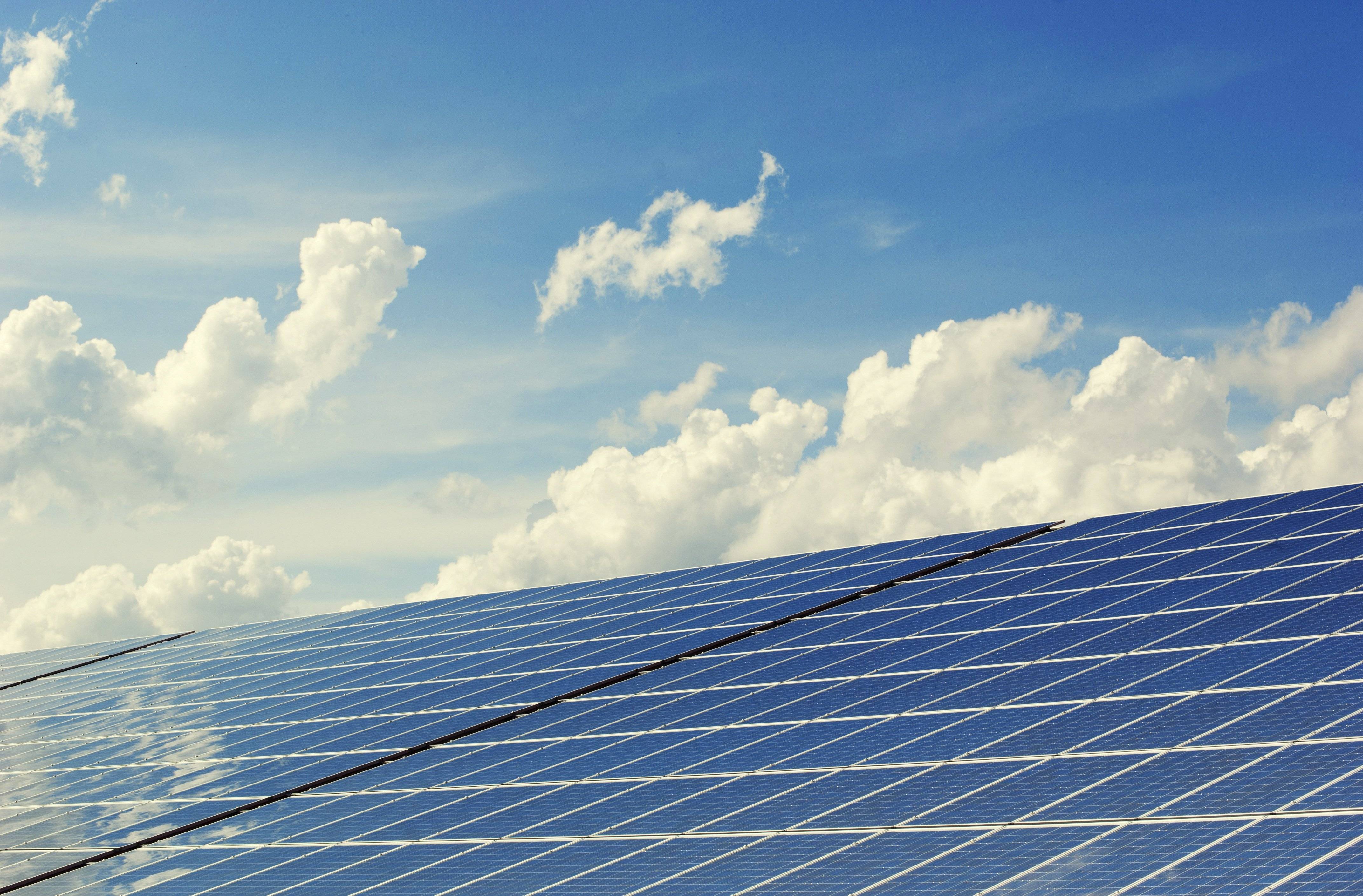


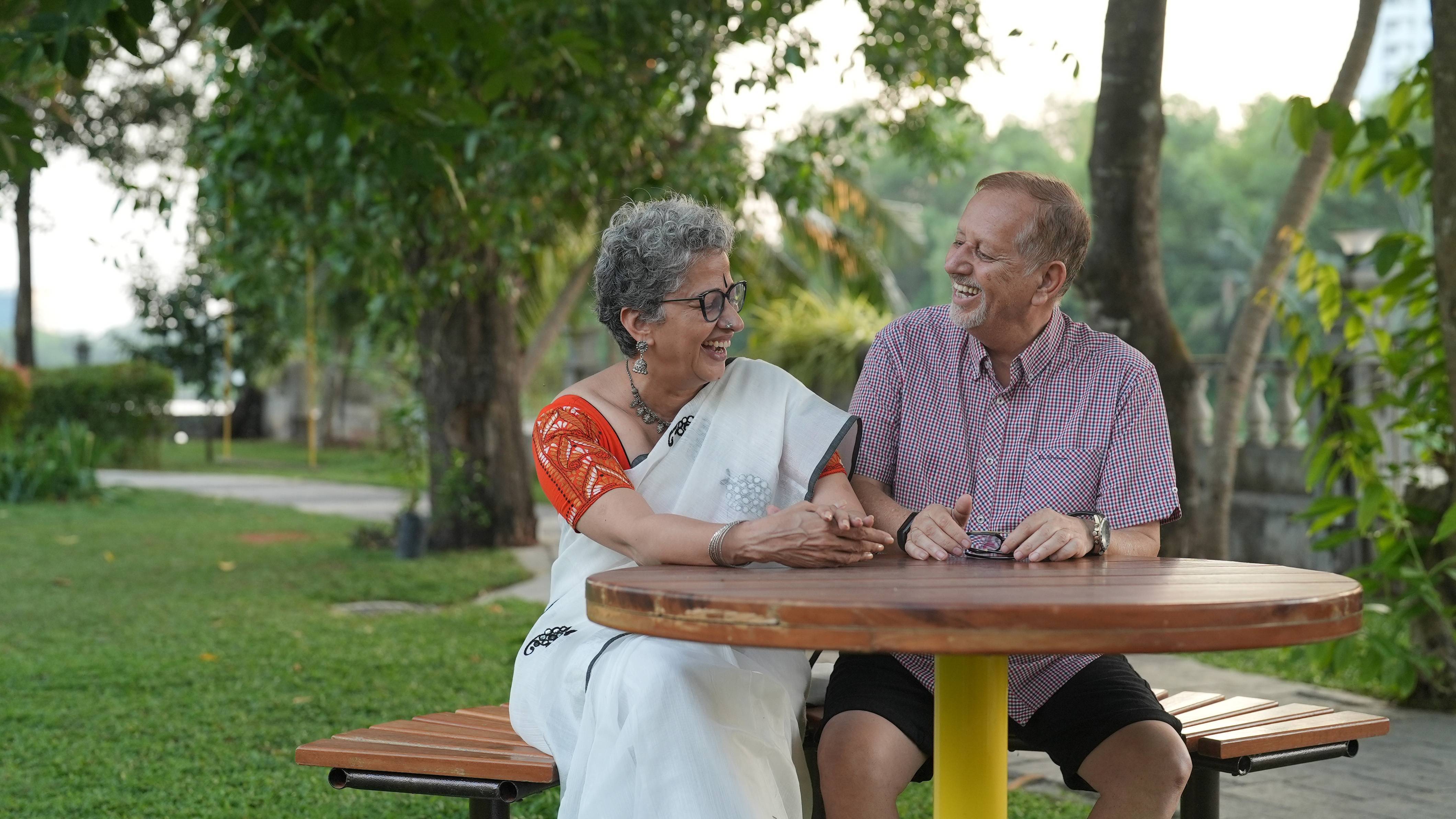
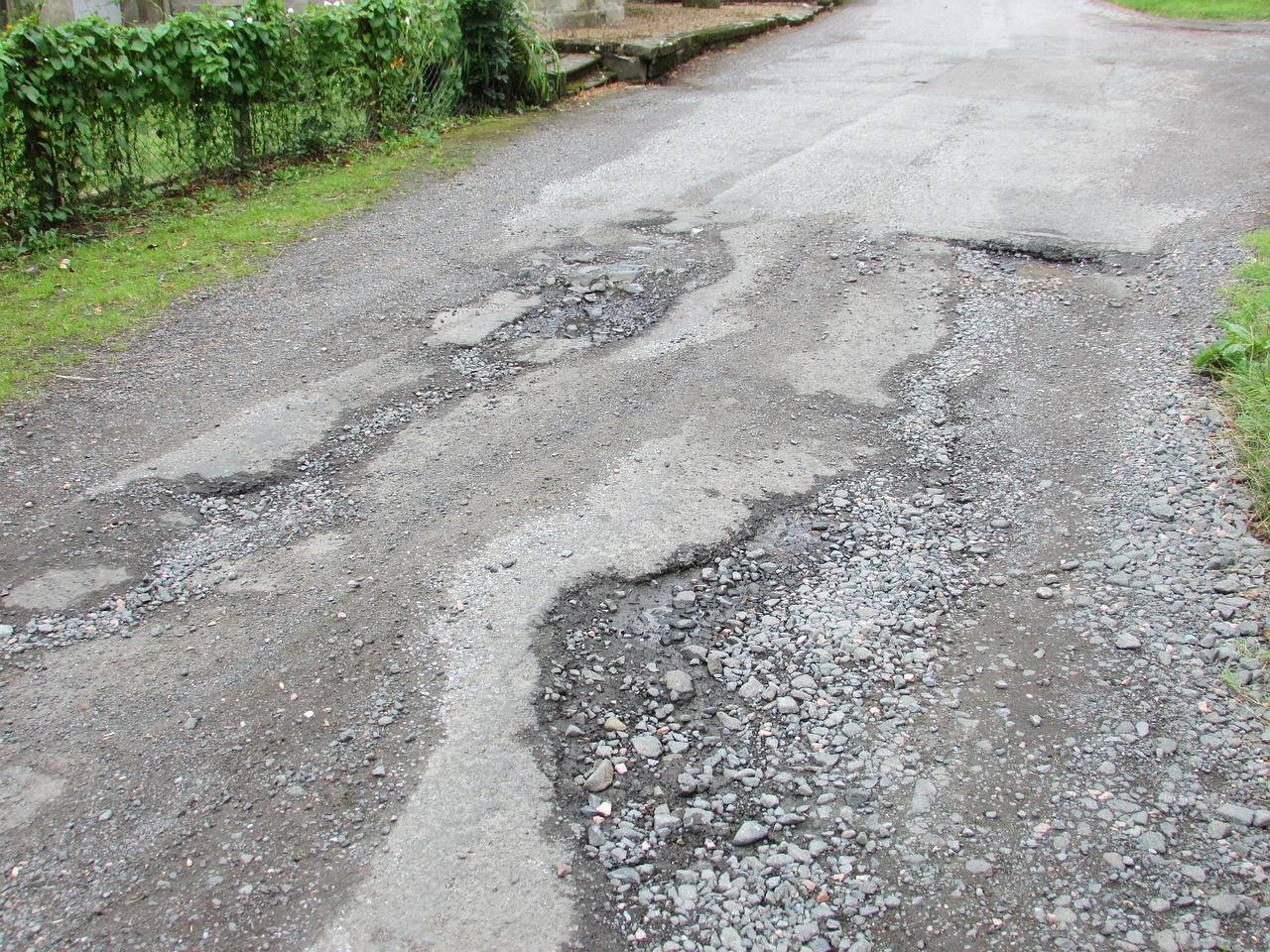
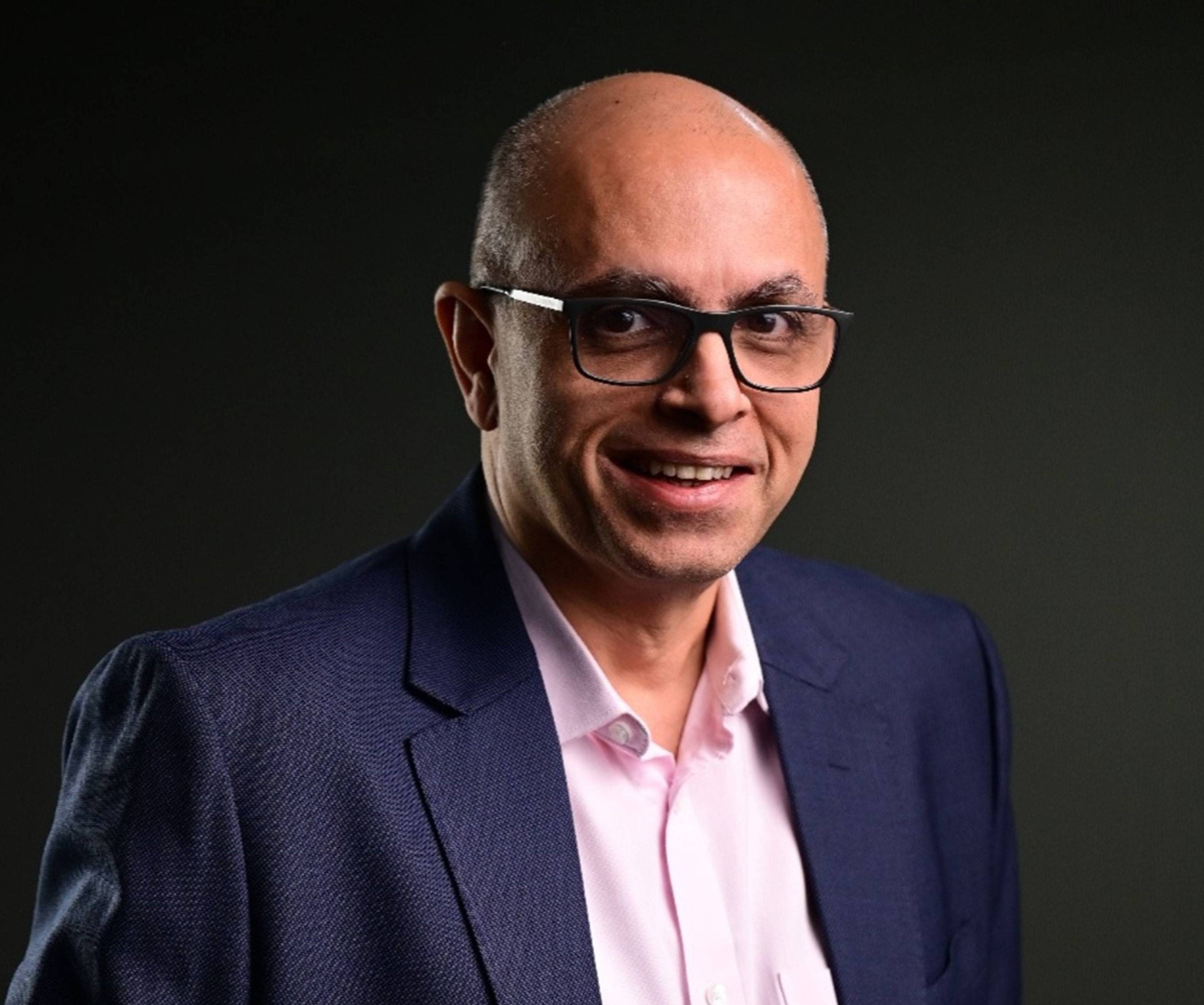

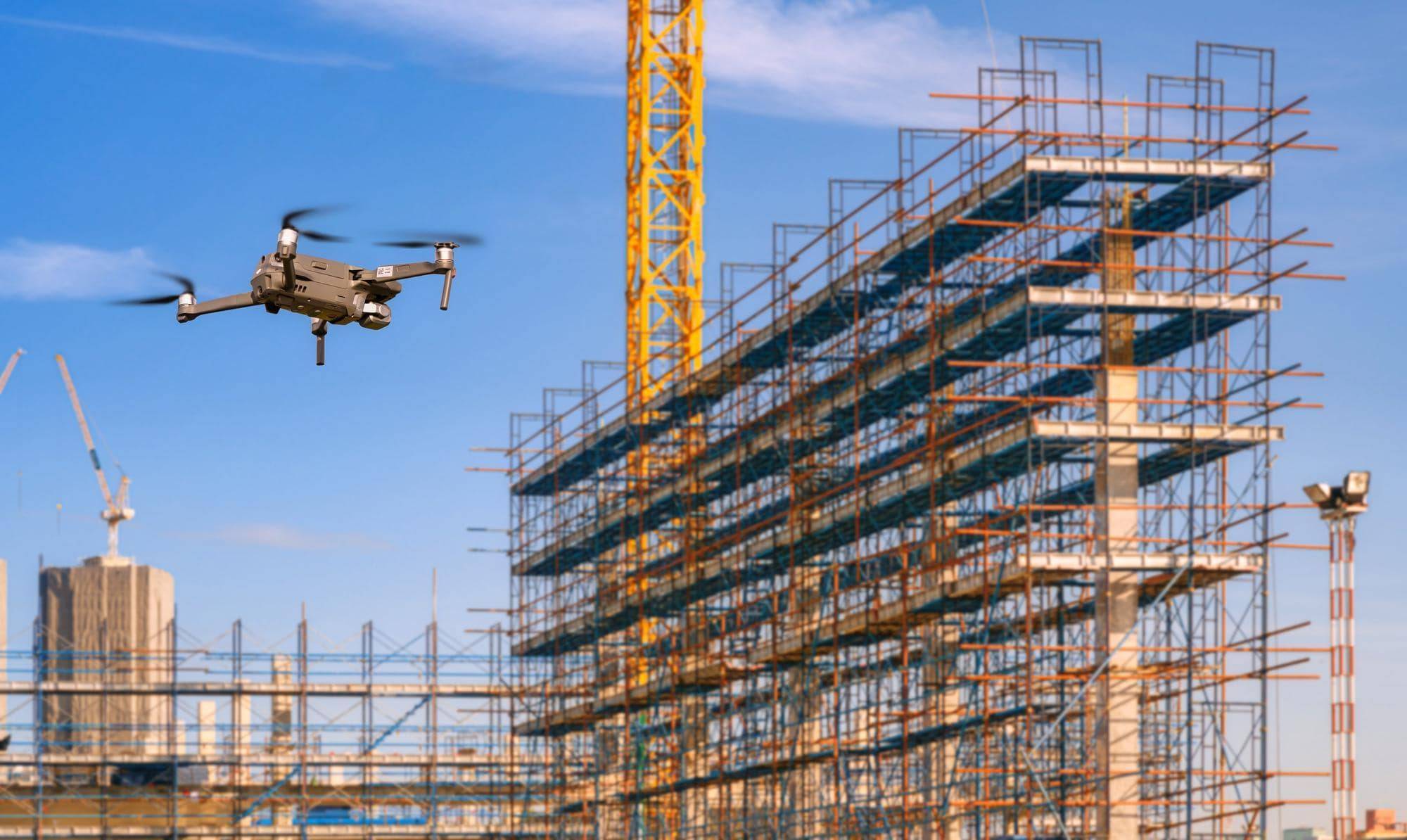
.png)